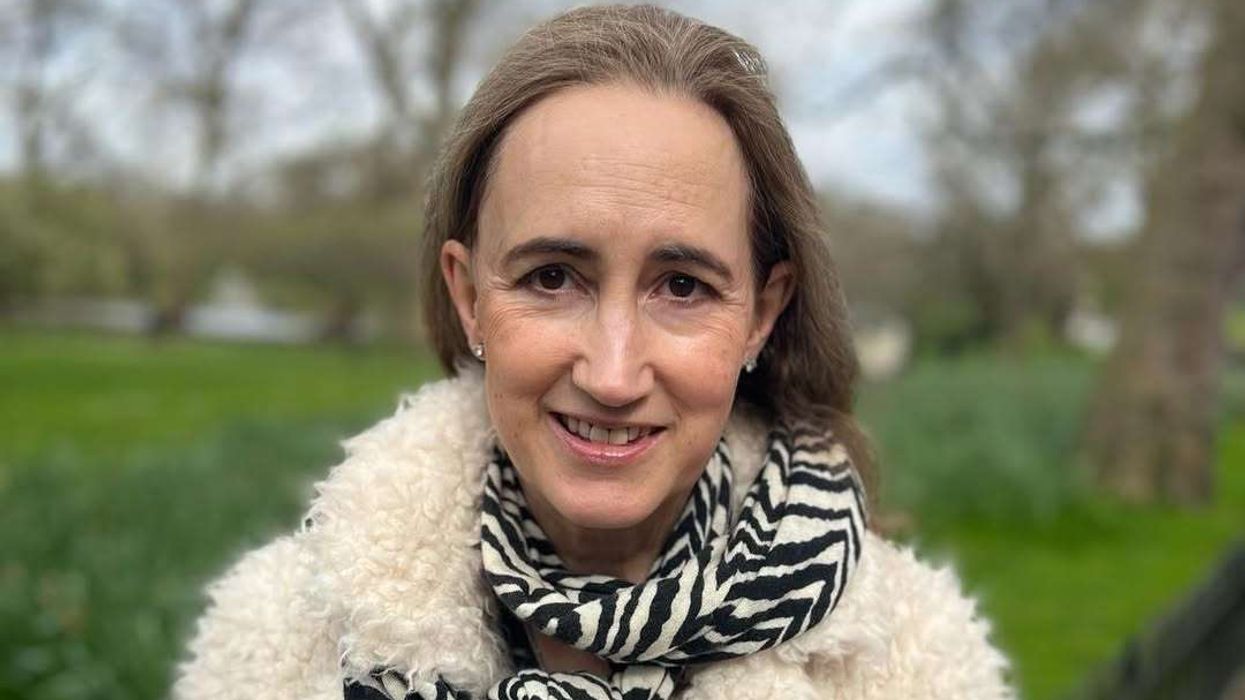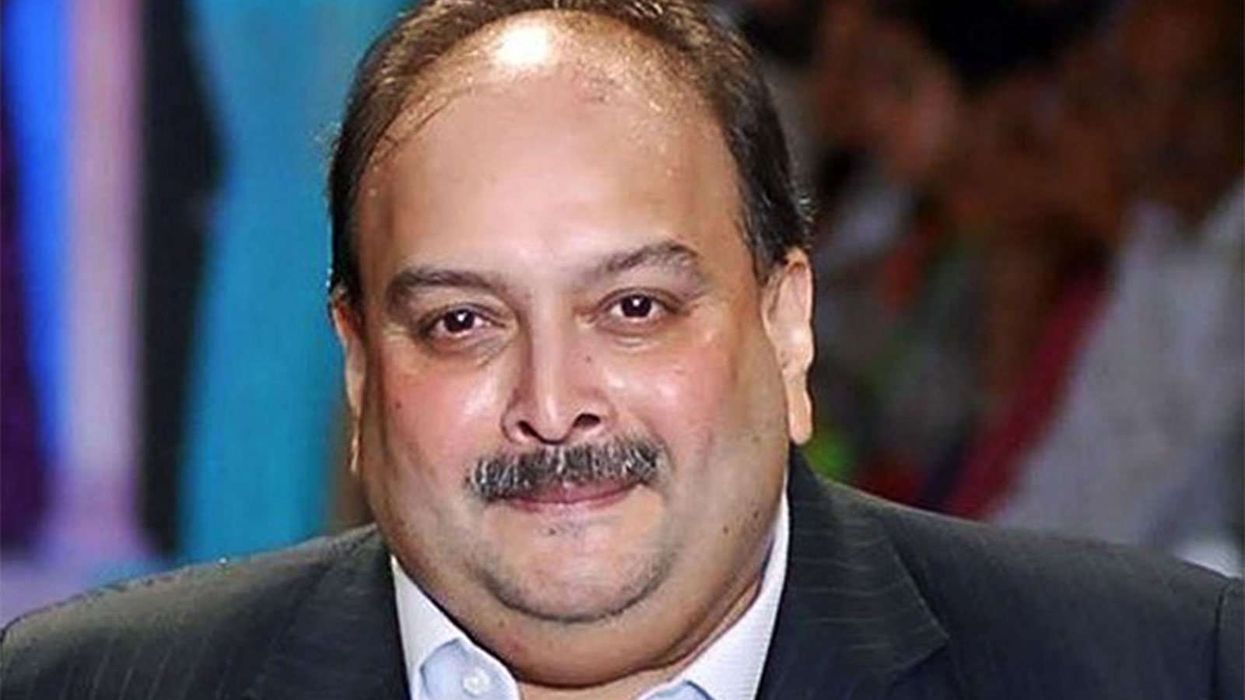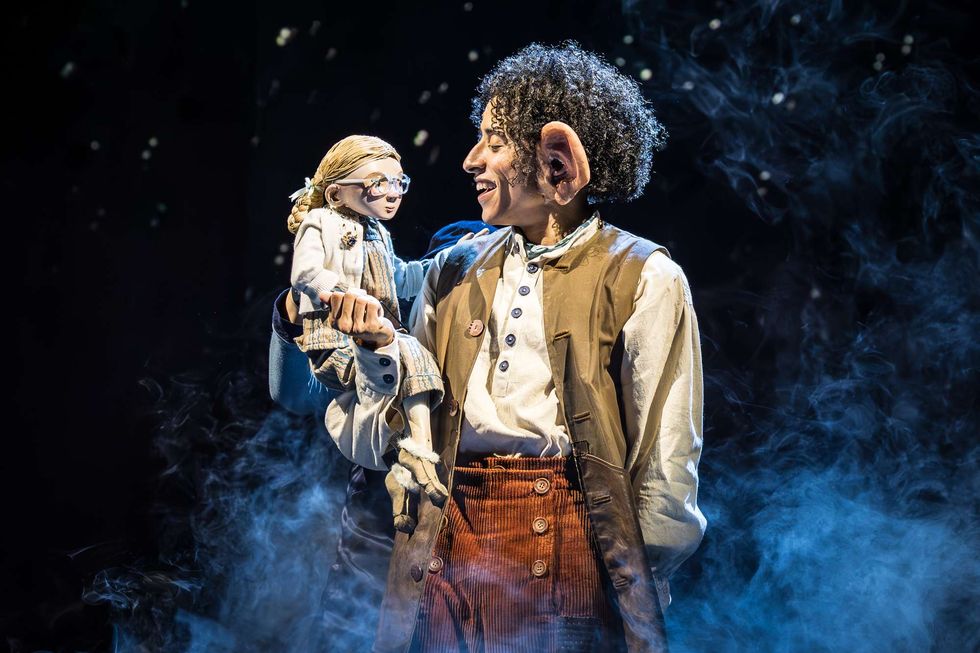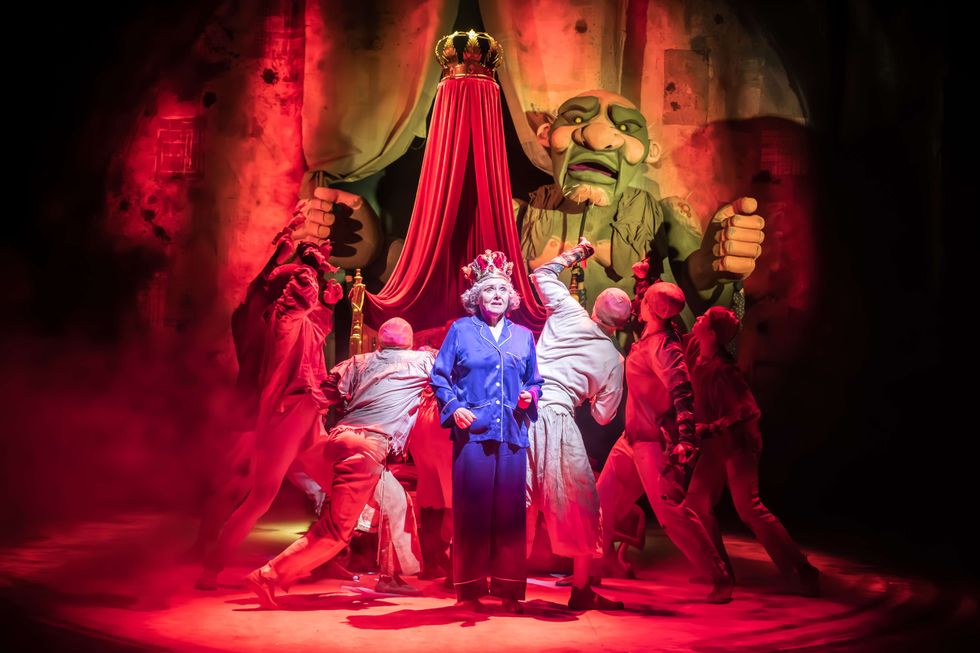Premiering on 8 March 2019 on Amazon Prime Video, Made in Heaven is an Indian romantic drama series that continues to enjoy multicultural appeal. The show's plot follows the lives of two wedding planners, Tara and Karan, who run the Made in Heaven agency. Being Amazon Video's fourth original Indian series, Made in Heaven features Kalki Koechlin, Sobhita Dhulipala, Shivani Raghuvanshi and several others.
The show was created and developed by great minds in the industry, including Zoya Akhtar, Reema Kagti and Alankrita Shrivastava. Set in contemporary India, the show depicts traditional and modern ideas that are at odds with each other. In every episode, the series and the characters' stories unfold against the background of extravagant and costly weddings.
The Power of Appealing Themes
Made in Heaven's enduring appeal can be attributed to its themes like gambling, where Karan is betting in the third episode of the second season. Content creators continue to draw upon such contemporary lifestyles to make their storylines appealing and current. With rapid technological advancements, the iGaming sector has developed in tandem, giving rise to online casinos that continue to soar in popularity due to their engaging offerings, such as live casino online games. As such, future spin-offs and episodes might consider integrating online casinos where characters gamble from any place while interacting with live dealers in real time.
The TV series also showcases the diversity of Indian culture, capturing the essence of bustling city life with authenticity and flair. Whether it's the bustling streets of Delhi or the serene landscapes of rural India, the series transports viewers to a world that is both familiar and exotic. Made in Heaven underscores the importance of empathy and understanding in bridging divides and fostering inclusivity. By humanising its characters and portraying their complexities with nuance, the series encourages viewers to embrace diversity in all its forms.
Positive Reviews and Awards
The show was a critical and commercial success with renowned characters like Soumya Srivastava of Hindustan Times, giving it a four over five rating. She applauded the show for the characters' stellar performance, excellent musical score and little use of tropes. Elsewhere, Sanjukta Sharma of Scroll.in celebrated the performances of Mathur and Dhulipala, stating that they engagingly and steadfastly brought the show to life.
Made in Heaven won the 2019 Indian TV Academy Award under the Best Director category. In that same year, iReel Awards nominated the show under several categories, including Best Drama Series, Best Supporting Actor, Best Music, Best Writing-Drama, etc. This was followed by a 2020 International Emmy Awards nomination for the Best Actor category. 2023 was also a good year for the show as it received several nominations under the Indian TV Academy Awards, including Best Web Series, Best Dialogue-Drama, etc.
In conclusion, Made in Heaven continues to captivate audiences with its compelling storytelling and thought-provoking themes. Through its multifaceted characters, visual aesthetics and timely social commentary, the series transcends cultural boundaries to resonate with viewers around the world. As it remains relevant in an ever-changing landscape, the show stands as a testament to the power of storytelling to inspire and entertain.





 The BFG - production images Royal Shakespeare Company/(c) Marc Brenner
The BFG - production images Royal Shakespeare Company/(c) Marc Brenner  BFG production images, directed by Daniel Evans. Royal Shakespeare Theatre, taken in November 2025.Royal Shakespeare Company/(c) Marc Brenner
BFG production images, directed by Daniel Evans. Royal Shakespeare Theatre, taken in November 2025.Royal Shakespeare Company/(c) Marc Brenner BFG production images, directed by Daniel Evans. Royal Shakespeare Theatre, taken in November 2025.Royal Shakespeare Company/(c) Marc Brenner
BFG production images, directed by Daniel Evans. Royal Shakespeare Theatre, taken in November 2025.Royal Shakespeare Company/(c) Marc Brenner





